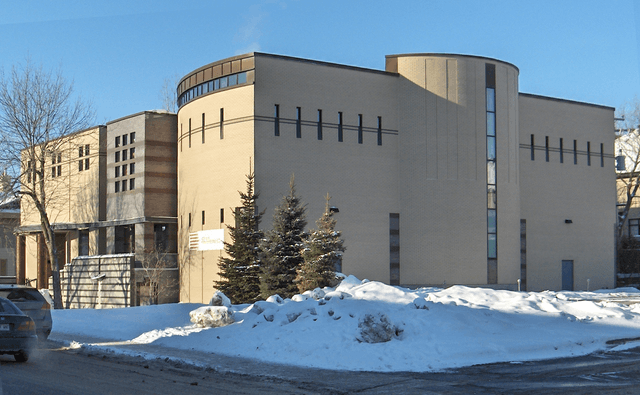Jews have been chronicling local news, world events, and day-to-day interactions through Yiddish newspapers or periodicals since the late 19th century in “der alter heim”, otherwise known as the “old country”. Although Nu Magazine is written in a wholly different context and locale, the magazine aims to continue the tradition of Jewish reportage and capture the same spirit through our weekly content. However, to substantiate this lofty claim, we must investigate our ancestors' reporting roots!
Though there were many newspapers in the shtetlakh and cities of Eastern Europe, peaking in the 1920s and 30s, there were two periodicals that quickly gained widespread popularity among Yiddish speakers. In an interview with Nu, Professor Urszula Madej-Krupitski, Director of Undergraduate Studies and Associate Professor for McGill’s Department of Jewish Studies, said “the two important journals [were] Haynt and Der Moment. Each had about 100,000 circulations daily. That’s the peak of readership for Europe. But in terms of North America, Der Forverts [The Forward] is really the most important to mention.”
Dr. Madej-Krupitski explained that the newspapers featured “any sort of aspect of life that you can think of.” These sections included sports games, theatre reviews, advice columns, and even train schedules. The Yiddish papers represented the interests of each Jewish enclave, offering something for everyone. In the United States, where assimilation accelerated, papers like Der Forverts provided American Jews with a sense of belonging and community, even while living in a foreign land.
Although these papers were specific to the context in which they were written, they were not limited by their geographical location. Dr. Madej-Krupitski explained that “in all the periodicals I’ve seen, I’ve never encountered a community anywhere that would just think about the local context. They always are thinking beyond. It’s very wide in terms of interest and the variety of topics.”
In a Canadian context, The Keneder Adler [The Canada Eagle] was central to the Montreal Jewish community, publishing issues in Yiddish for over 70 years (1907-1977). Dr. Madej-Krupitski holds that compared to Jews in the United States who became distanced from Yiddish, “the Montreal community especially holds on to Yiddish for a longer time, and, therefore, the logical conclusion would be that the Yiddish press has a bigger impact on the everyday.” The Adler’s newspapers helped to maintain a sense of community, gaining around 20,000 circulations by 1941 , and informed the community about important local politics, literature and economic opportunities. While it shut down due to a lack of popularity in 1977, its bilingual publications in Yiddish and English helped to educate and connect immigrant Jews to Canada for over seven decades.
Many 20th-century Yiddish periodicals highlight the common questions and values of their respective Jewish communities.We at Nu Magazine aim to revitalize this literary lineage of Jewish press through writing about what Jewish culture means in a 21st-century context through local news and cultural events and by being vulnerable about our own Jewish journeys and identities. In the words of Dr. Madej-Krupitski, “the day to day [of the past] is so dynamic, but, also, it’s not so different from what we’re doing now.”
As we continue with Nu Magazine’s second semester of publication, we hope that our own Jewish periodical will continue to contribute to the rich tradition of Jewish press with a healthy dose of Jewish questioning and humour.
Powered by Froala Editor


-ocW3dNdRhfhprVeDHPsY4dPFSWijxC.png&w=1920&q=75)



